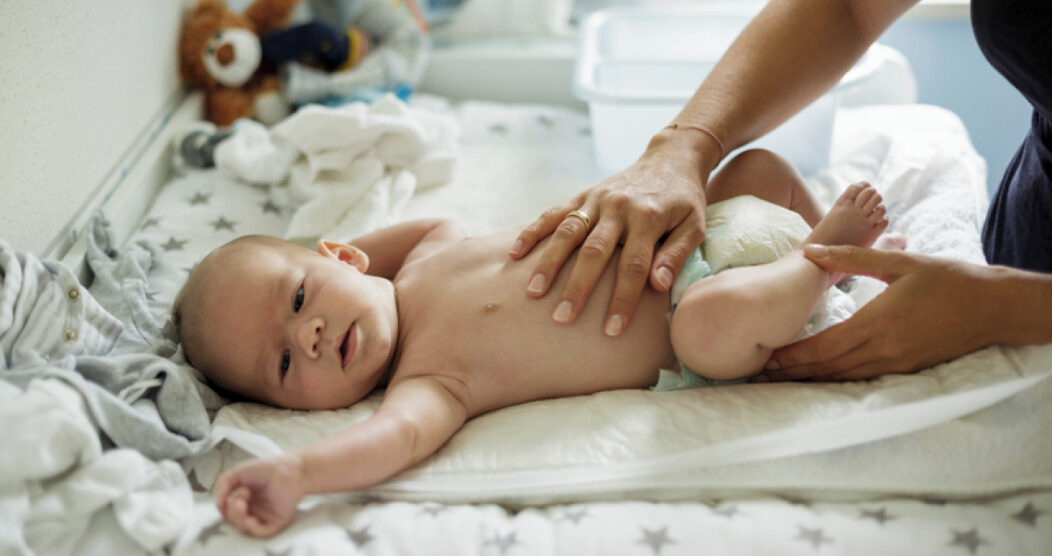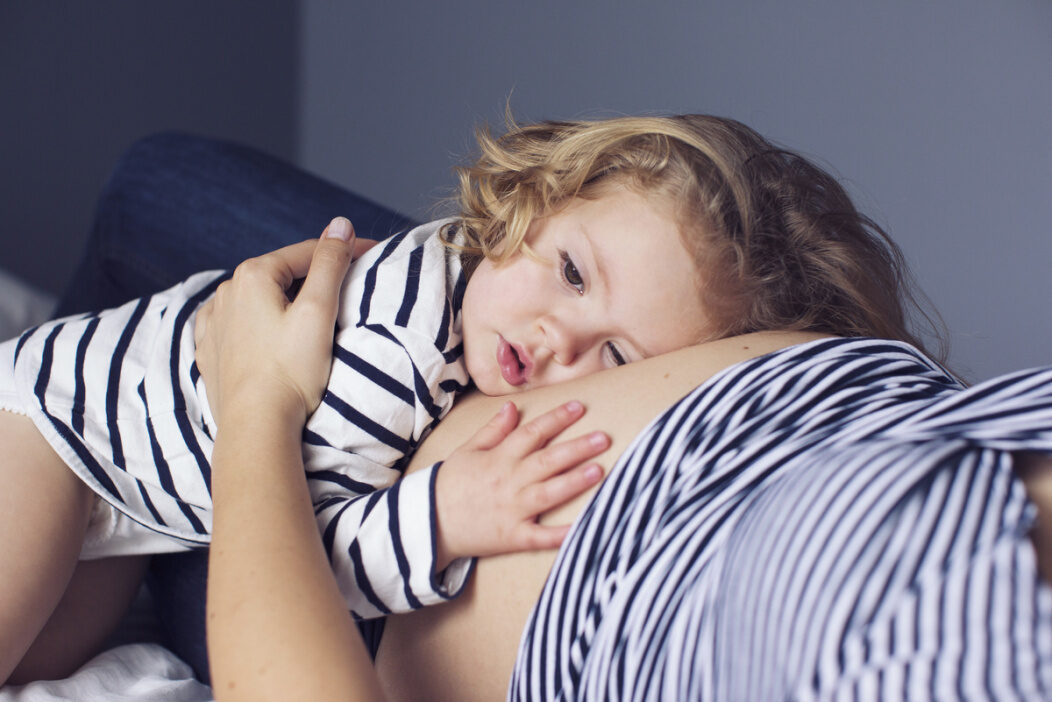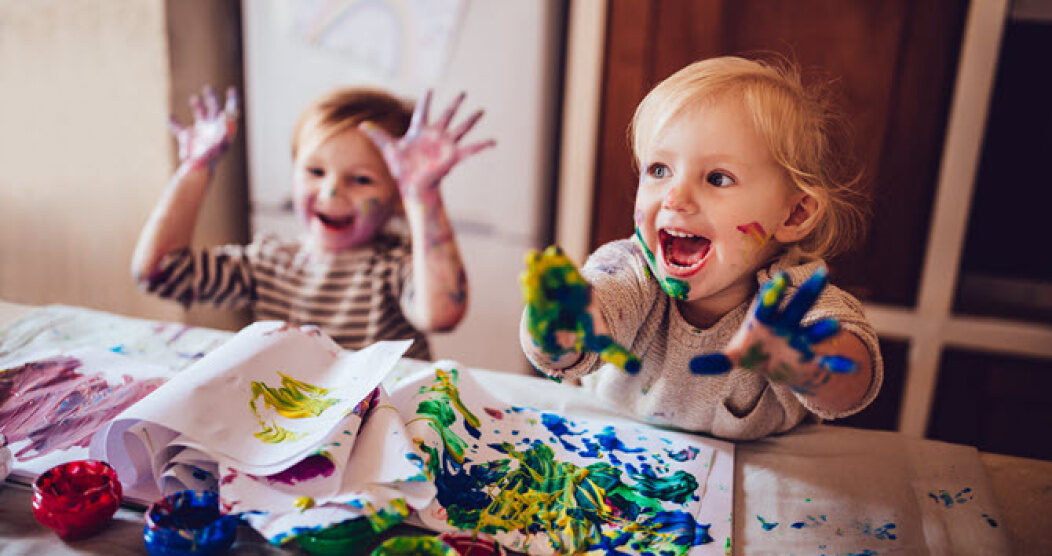As with most things during the first few months of parenting, burping a baby can initially seem a little bewildering. Here we answer some of the most common questions new parents have on the subject…
- Baby burping: why do babies need to be burped?
- When to burp your baby
- How to burp a baby
- Can you burp a sleeping baby?
- How to burp a sleeping baby
- What to do if your baby won’t burp
- At what age do you stop burping baby?
1. Baby burping: why do babies need to be burped?
Young babies tend to swallow a lot of air when they’re feeding, which can cause air bubbles to become trapped in their stomach. If they’re not burped (or winded as it’s also known), this excess air can cause baby discomfort, leading them to bring up what they’ve just drunk (called ‘spitting up’), which can sometimes be forceful. They might also become very gassy.
“A friend told me that babies who are breastfed don’t need to be burped. I can assure you that – for us at least – this is categorically untrue. I followed this baby burping (or rather non-baby-burping) advice for the first few days after we brought her home and the result was the most enormous bottom burps (as we call them in this house). As soon as I began burping her, she was a lot less gassy.”
2. When to burp your baby
When it comes to baby burping, some babies need to be burped during their feed, some babies need to be burped after. The best thing you can do is follow their lead. If they seem fussy while feeding (i.e. if they squirm, cry or refuse to take the bottle/breast), try burping them midway through the feed. If they seem fine, keep going and burp them when they have finished.
3. How to burp your baby
There are three traditional ways to burp a baby. Try each of them out and see which one works best for you. With all three methods, it’s best to have a muslin ready, as babies often bring up a little milk when they burp. It’s a good idea to have WaterWipes vegan, cruelty-free and sensitive baby wet wipes on hand too. They’re great for cleaning up baby – and you, if needed.
Over your shoulder
Position your baby so that they’re lying against you with their chin resting on your shoulder. Then gently rub or pat their back until you hear a burp.
Sitting on your lap
Sit baby sideways on your lap, using one hand to gently support their face and upper body. With your other hand, gently rub or pat their back.
Lying on your lap
Lie baby across your lap with their tummy facing downwards. Support their body with one hand, then use the other to gently rub or pat their back.








